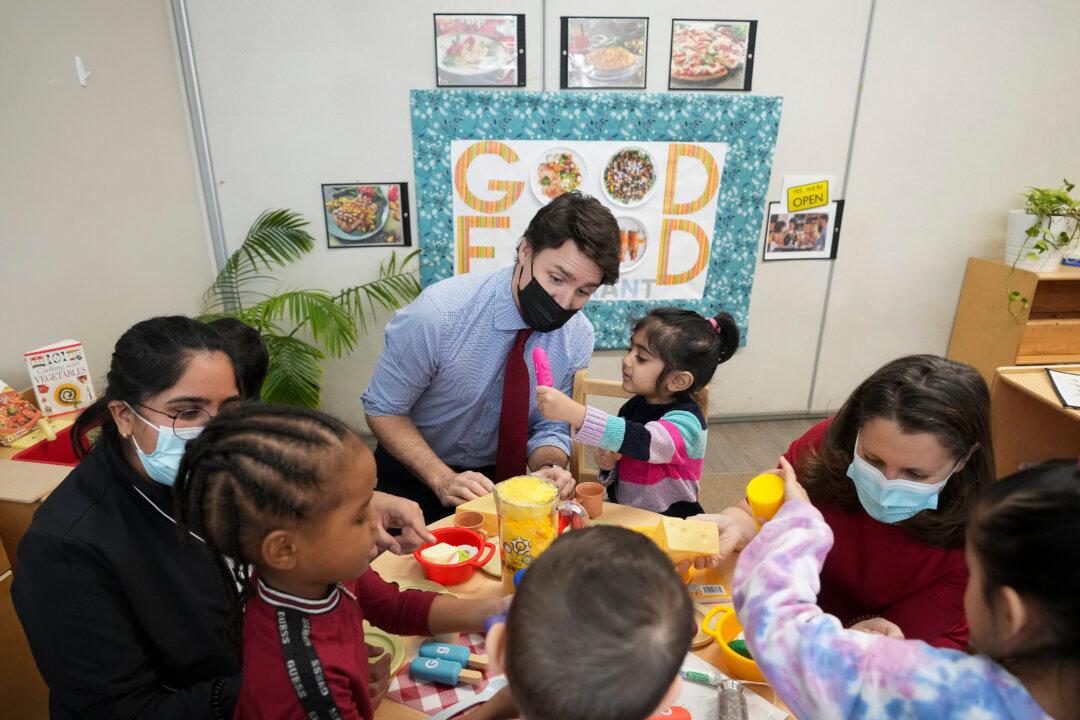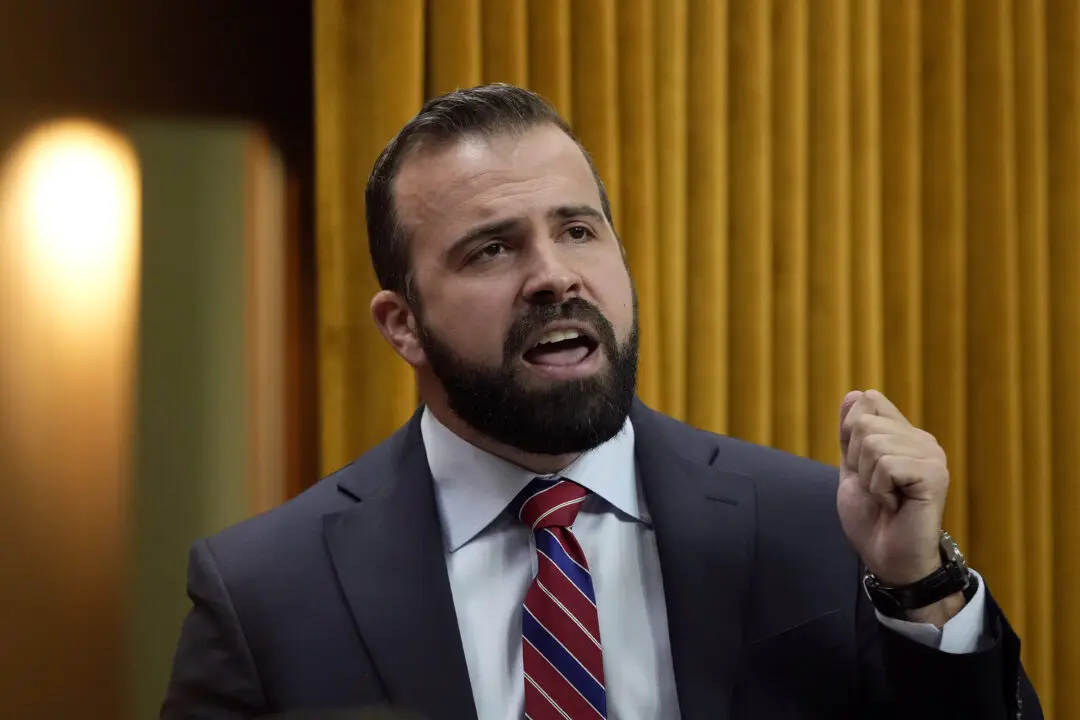A national daycare program has created a limited number of the promised 276,000 spaces under Ottawa’s $30 billion subsidy, according to documents from the Department of Social Development.
The daycare system has had thousands of job openings pop up in the past three years due to roughly 15,000 workers leaving for higher-paying jobs, according to a recently published department briefing note first obtained by Blacklock’s Reporter.





